
How to Figure Out What Species My Lizard Is?. The United States has a diverse range of climates, including desert regions, subtropical regions and temperate rainforests. This diversity in climates allows for a large variety of reptiles, including lizards, to make their home here. Over 150 different lizard species are found in the United States, not including frogs, snakes, turtles or crocodiles. If you find a lizard, it can be moderately easy to determine what kind of species it is by thoroughly examining the lizard.
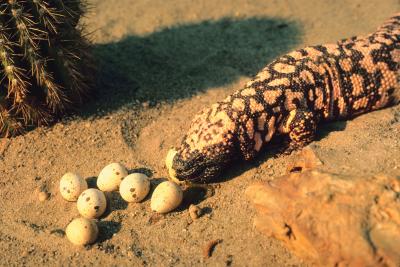
Determine where the lizard came from. Hundreds of species of lizards are native to the United States, but not all of them are found in the same area. For example, people in tropical regions such as southern Florida may find various gecko species or anoles, while people in desert areas such as Texas or Arizona may have horned lizards or Gila monsters.
Observe the lizard's feet and eyes. If the lizard has wide, round eyes with no eyelids and round sucker-like toes, it is a type of gecko. If the lizard has eyelids that close and long, fingerlike toes, it is a different type of lizard species.
Identify any distinguishing characteristics of the lizard, such as the shape of its tail, its size, its color, its pattern and overall appearance. If the lizard is brightly colored with orange bands and covered in tiny bumps, and was found in the southwestern United States, it could be a venomous Gila monster or beaded lizard. Otherwise, the lizard is likely harmless.
Observe the neck of the lizard. Does it have a pattern that resembles a collar? In that case, it could be one of five species of collared lizards living in the United States.
Measure the lizard. If the lizard is longer than 2 feet, not including the tail, it is one of three species of iguanas living in the United States, which includes the Mexican spiny-tailed iguana, the northern desert iguana and the chuckwalla. These species can grow up to 5 feet in length including the tail, and 2 to 3 feet not including the tail.
Touch the lizard. If the lizard is smooth, like a snake, it could be a skink, alligator lizard or grass lizard.
Familiarize yourself with the lizards that are native to your state so that you can easily identify them in the future. Each state's fish and wildlife department usually has a listing of native animals, including lizards.
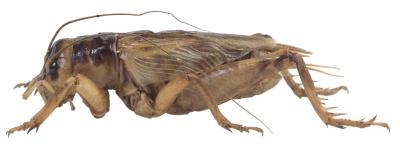 How to Breed Crickets for Lizards
How to Breed Crickets for Lizards
How
How to Breed Crickets for Lizards
How to Breed Crickets for Lizards
How
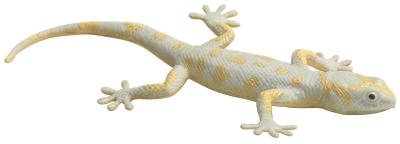 How to Raise a Wild Lizard
How to Raise a Wild Lizard
How to Rais
How to Raise a Wild Lizard
How to Raise a Wild Lizard
How to Rais
 How to Keep Lizards Out of Your Yard in Florida
How to Keep Lizards Out of Your Yard in Florid
How to Keep Lizards Out of Your Yard in Florida
How to Keep Lizards Out of Your Yard in Florid
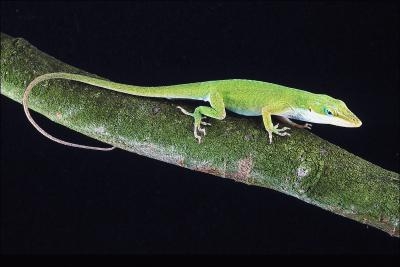 How Do I Identify a Lizard in My Yard?
How Do I Identify a Lizard in My Yard?
How Do I Identify a Lizard in My Yard?
How Do I Identify a Lizard in My Yard?
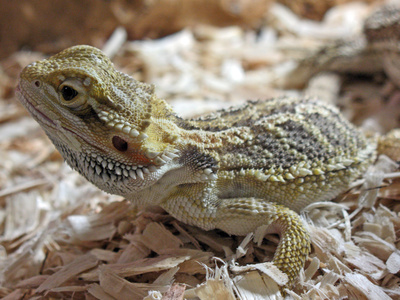 How to Tell the Difference Between Male & Female Lizards
How to Tell the Difference Between Male &
How to Tell the Difference Between Male & Female Lizards
How to Tell the Difference Between Male &
Copyright © 2005-2016 Pet Information All Rights Reserved
Contact us: www162date@outlook.com